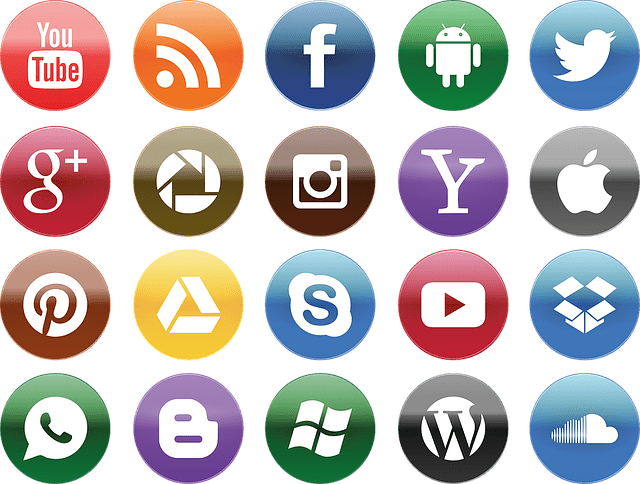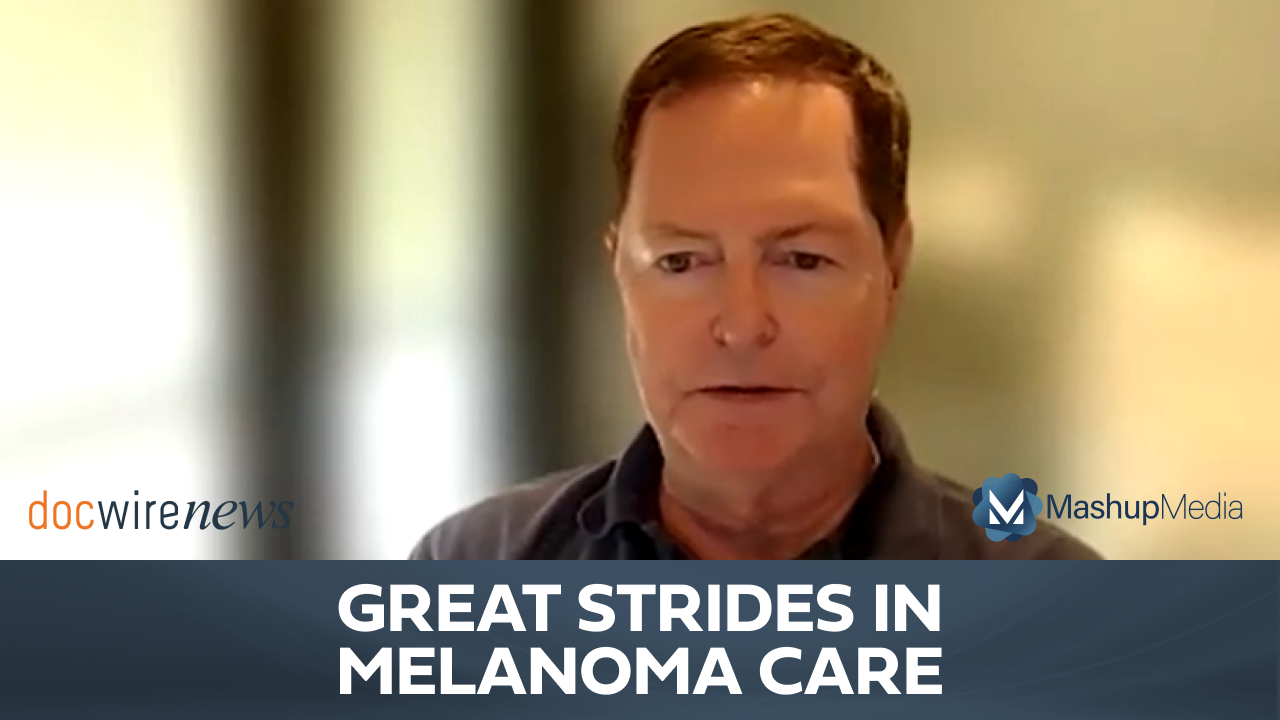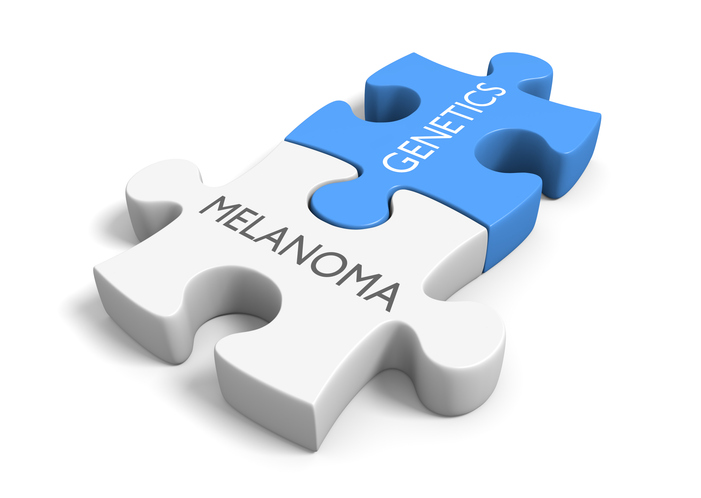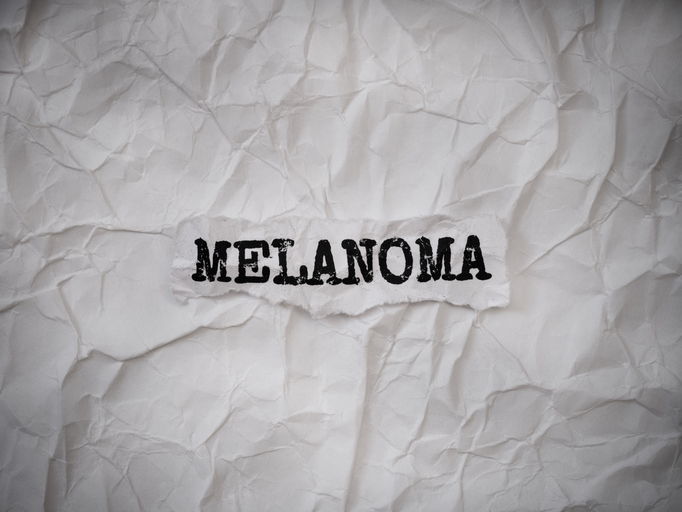
Knowledge and understanding of how social media influences a desire for tanner skin and positive attitudes toward tanning may help lower the risk of skin cancer, according to a new study.
Death by melanoma is on the rise, and the largest risk factor damage to skin cells caused by ultraviolet radiation (UVR) exposure due to being outside without wearing sunscreen or protective clothing. Tanned skin has become associated with “physical attractiveness, self-confidence, and social inclusion,” the study authors explained. “Subsequently, adolescent and young adults are dissatisfied with their skin tone and desire darker skin. Despite knowledge of the known risks, people continue to expose their body UVR deliberately.”
Consumers of media are exposed to images of “ideal” tanned skin through numerous mediums—in more recent years, through social media. Therefore, the study authors sought to determine how an individual’s media literacy correlates with an internalized tanned ideal.
The study included 151 young adults in Australia (men, n=61; women, n=90) whose ages ranged from 18 to 29 years. All participants had Fitzpatrick skin type levels between I and IV because this group has a higher risk of skin cancer; one participant with a higher skin type level was excluded from further analyses. Additional participants of different ages and races took part in the study but that data were excluded from the current paper. Fifteen people with a history of skin cancer were excluded.
Participants’ media literacy was measured using the Media Attitudes Questionnaire. they were then randomized to view social media photos of models whose skin was either tanned (n=77) or pale (n=74). Internalized tanned ideal was assessed by three items modified from the internalization muscular/athletic scale of the Sociocultural Attitudes Towards Appearance Questionnaire–4; higher scores indicated a higher endorsement of a tanned ideal. A modified version of the five-item Physical Appearance Comparisons Scale was employed to make appearance comparisons.
The study was published in Social Media + Society.
Social Media Literacy Correlates with Tanned Ideal
In the tanned group, participants with higher baseline media literacy were less likely to have an internalized tanned ideal compared to those with lower baseline media literacy. When exposed to the photos, those in the tanned group had a greater internalized tanned ideal compared to the pale group.
“In support of our hypothesis, media literacy was significantly and negatively related to the participant’s internalization of a tanned ideal and this was a large effect,” wrote the researchers.
“The challenge is that people are exposed to images of the ‘tanned ideal’ on social media platforms – Instagram, Facebook, Snapchat and YouTube – where their perceptions of attractiveness are shaped and reinforced by images from advertisers, influencers, bloggers, and friends, many of which have been artificially enhanced or manipulated,” said lead study author John Mingoia, MD, in a press release. “It’s this kind of everyday organic content that we’re trying to combat, so that young adults can more easily identify the pervasive way that social media can influence their knowledge, attitudes and behaviours.
“Adding such media literacy skills to Australia’s existing and well-developed sun safe messages and campaigns will help individuals better manage their responses to media exposure, and importantly reduce any potentially negative self-comparisons.”







 © 2025 Mashup Media, LLC, a Formedics Property. All Rights Reserved.
© 2025 Mashup Media, LLC, a Formedics Property. All Rights Reserved.